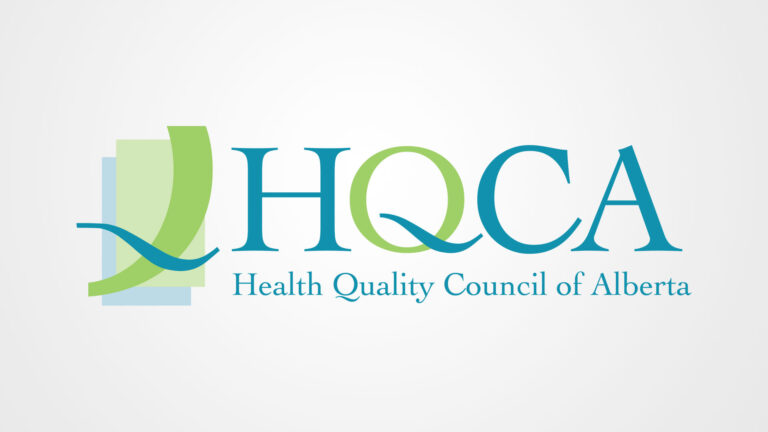
The last time provincial legislation governing pharmacy practice was significantly addressed, pharmacists were granted authority to prescribe drugs. That was 2007. In ways, that seems like a lifetime ago.
Fast forward to 2021 and so much has changed in the delivery of health care—particularly pharmacy practice. Pharmacists are now substantively involved in population health, they are ordering laboratory tests and using results in their practices, pharmacy technicians have become regulated and have assumed a leadership role in compounding, and virtual care is a reality. New technologies, new opportunities, and new expectations have emerged during the last 14 years, both for patients and healthcare providers.
It’s time for a legislative refresh.
“We need to make sure we have legislation that meets future needs so we can respond to new opportunities and risks important to Albertans’ health,” said Greg Eberhart, ACP Registrar. “We want to make sure as a regulator that we have the tools to support quality assurance, compliance, and, when necessary, enforcement in a timely and cost-effective manner. Unfortunately, the current regulatory framework is steeped in history and doesn’t provide the flexibility needed for the college to be as effective as we’d like to be.”
Therefore, Council included this important goal in its 2021-25 strategic plan: There is a modern and relevant framework to regulate pharmacy practice.
To get to that desired state by the end of 2025 means the college must achieve several key objectives. First, the college will update the Standards of Practice for Pharmacists and Pharmacy Technicians (SPPPT) and the Standards for the Operation of Licensed Pharmacies (SOLP) to ensure they are current, clear, concise, and appropriately balance processes and outputs.
“One of the most significant contributions pharmacy teams make is achieving appropriate drug therapy to benefit their patient’s health,” said Greg. “In being responsible to individuals and to the system, we need to structure our standards to support practice and behaviours that put patient health and the safe, appropriate, and effective use of drugs first. We need to restate our standards to make them more patient centred. We need to bring the clinical care component up front, with acts related to compounding and dispensing secondary. Simply stated, there will be more emphasis on the decisions made by regulated members, and why they were made, as compared to what they did and how they did it.”
Technical standards will likely continue to be prescriptive, however, those related to patient care will use more “output” based language, placing greater emphasis on the decisions made by regulated members that impact patients. This will be a significant cultural shift, building upon the broad scope of practice in Alberta.
“If regulated members understand and demonstrate behaviours consistent with ACP’s Code of Ethics and focus on making decisions that support appropriate drug therapy and patients’ health, it will be easier for them to succeed in this environment,” said Greg. “Regulated members who focus on the black-and-white details of a standard as how to do something—without understanding why they’re doing it—will find this very challenging.”
Another area Council considered when developing this strategic goal is to examine the question, “What is a pharmacy?” It has sparked much discussion, but it’s an important topic to explore as innovation in technology and practice continues to evolve.
“We’ve had a rather traditional approach to licensing pharmacies,” said Greg. “It’s worth asking ourselves, ‘Are we doing the right thing? Are there core requirements from the past that may not be necessary for some pharmacies?’ Perhaps there’s a licensing model that is a little more flexible where requirements are based on the scope of services provided by the pharmacy team.”
With increasing frequency, ACP’s registration team receives applications from individuals with pharmacy designs and practice models that don’t fit within the context of the current regulations. There is no flexibility in the legislation for ACP to consider these applications.
“We want the framework to enable us to make informed and reasonable decisions to ensure that good pharmacy practice is available to all Albertans,” said Greg. “Depending on community and population needs, the way that services are delivered might differ. Because innovation, creativity, and change are moving at a pace we’ve never seen before, it’s more likely we’ll need more flexibility within our structures; but within that flexibility, having clear determinants so that we can make absolute decisions in a timely manner that serve the public’s interest. If we’re able to do that, we can maintain a core that ensures the patient is front and centre, and that their health is most important.”
The third area explored by this strategic goal is to bring more clarity to the responsibilities of pharmacy licensees versus those of proprietors. The college aims to ensure that the authorities of each are clearer and that licensees and proprietors can exercise their responsibilities and truly demonstrate the accountability that goes along with them. The authority and autonomy of licensees needs to be clear, understood, and respected.
Of course, accountability extends to all regulated members. The ability for the college to effectively intervene when competence, standards, or ethical responsibilities are not being met is another key objective for the college. A modern and relevant framework will provide new tools for the college to respond and intervene in a timely and cost-effective manner when enforcement is necessary. In the end, the new landscape will benefit Albertans, regulated members, and the health system.
“We look forward to better, more consistent patient experiences,” said Greg. “A framework that enables pharmacy teams to use new processes and technologies to perform at a higher level will support greater satisfaction amongst pharmacists and pharmacy technicians. Pharmacy teams will be more effective and more efficient, and the services they provide will be appropriate and safe.”




